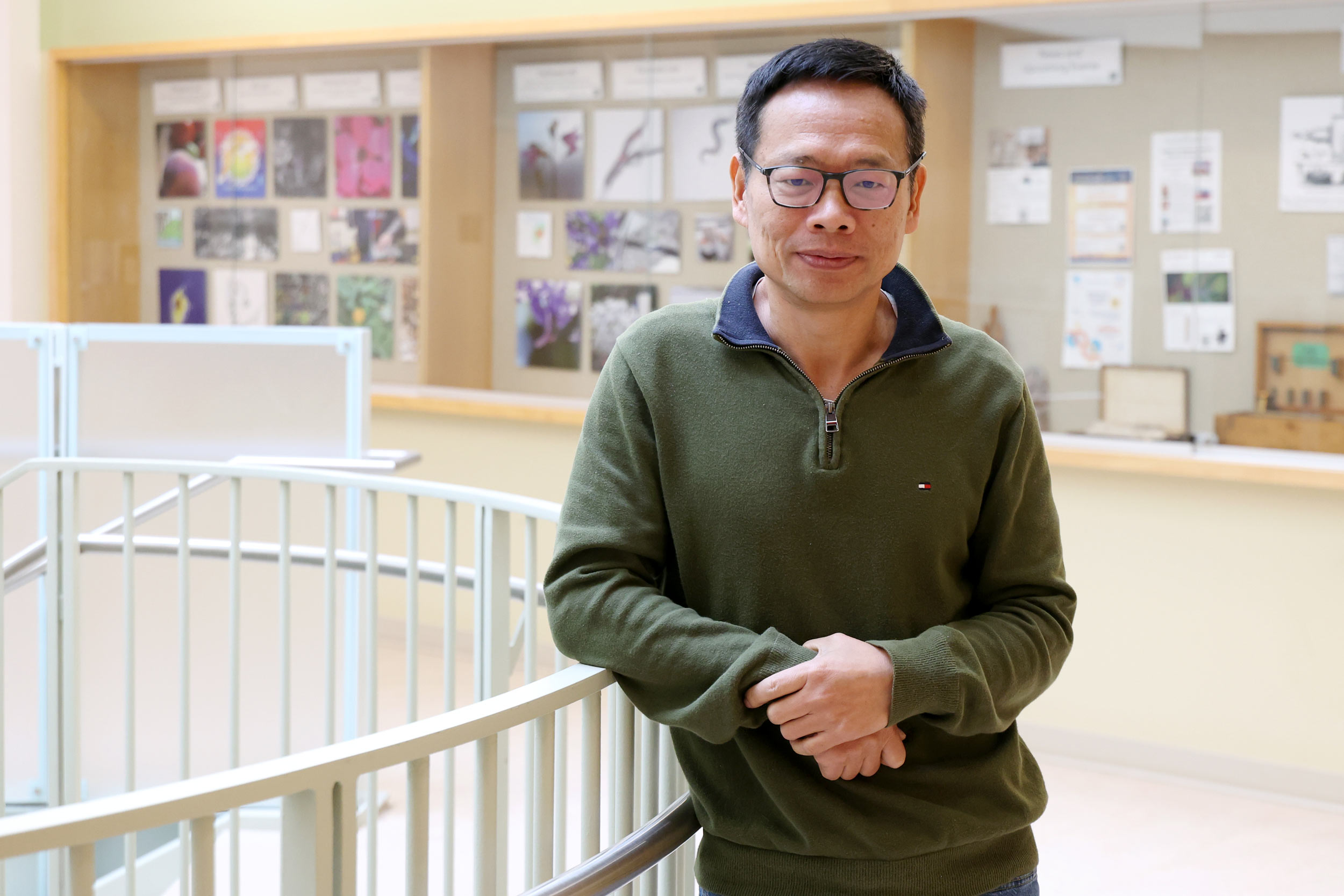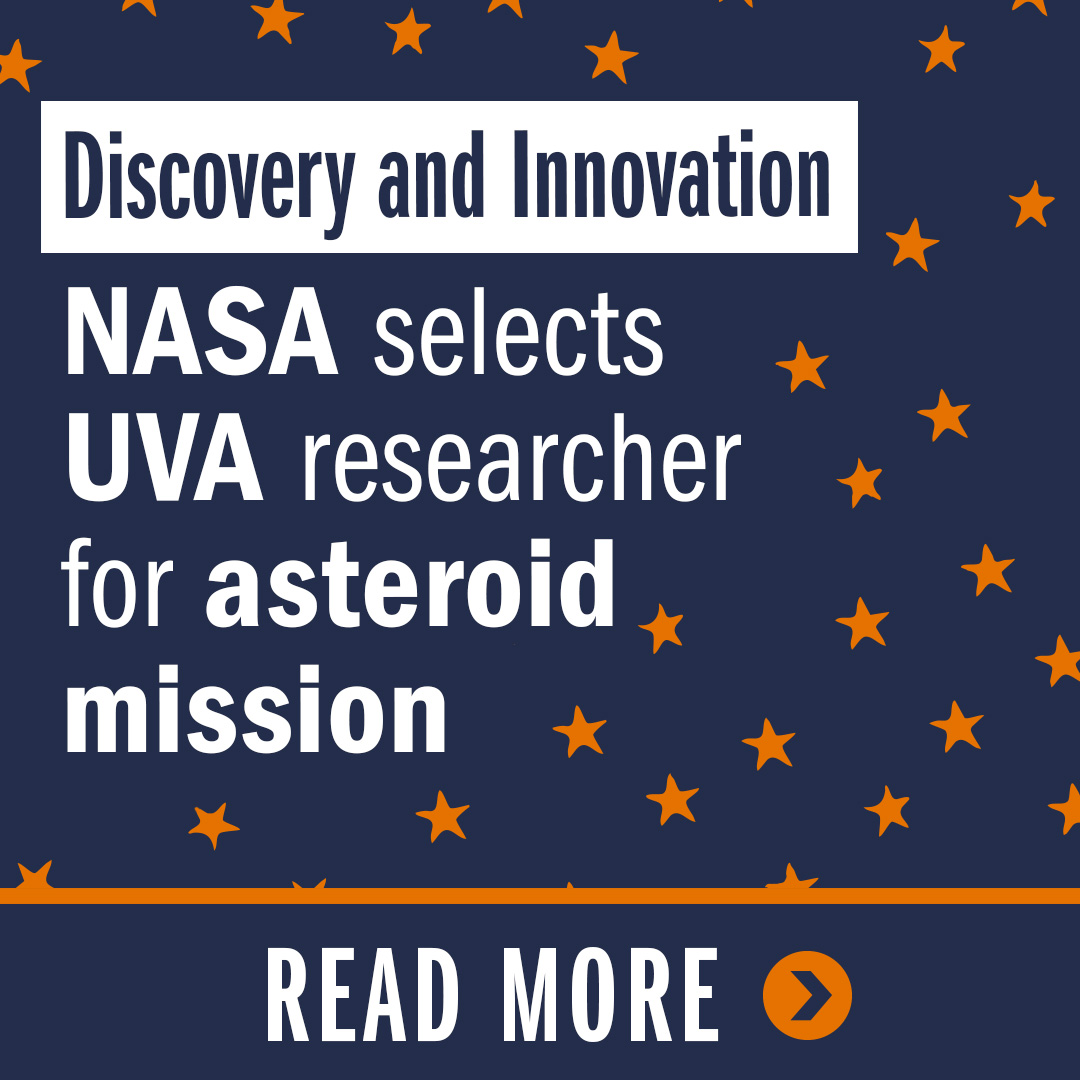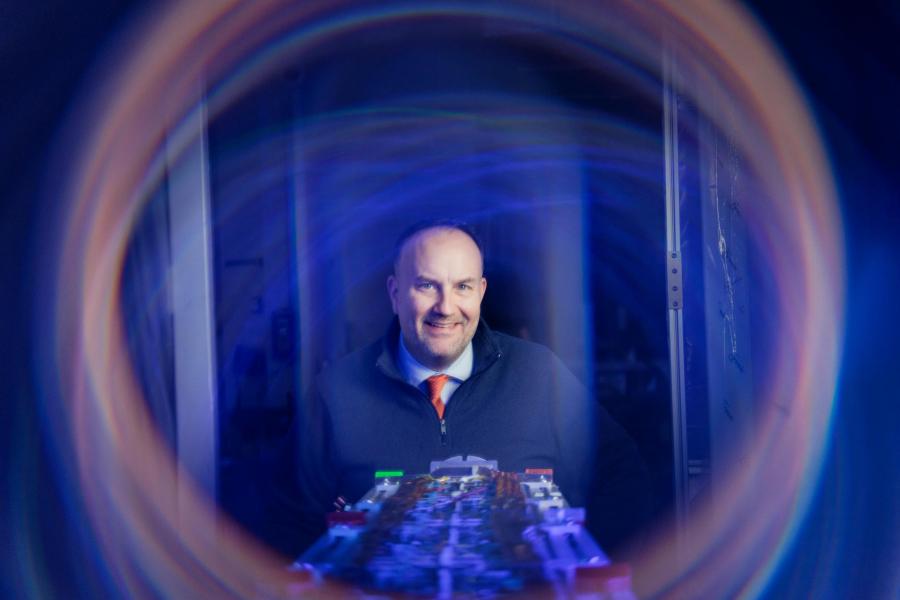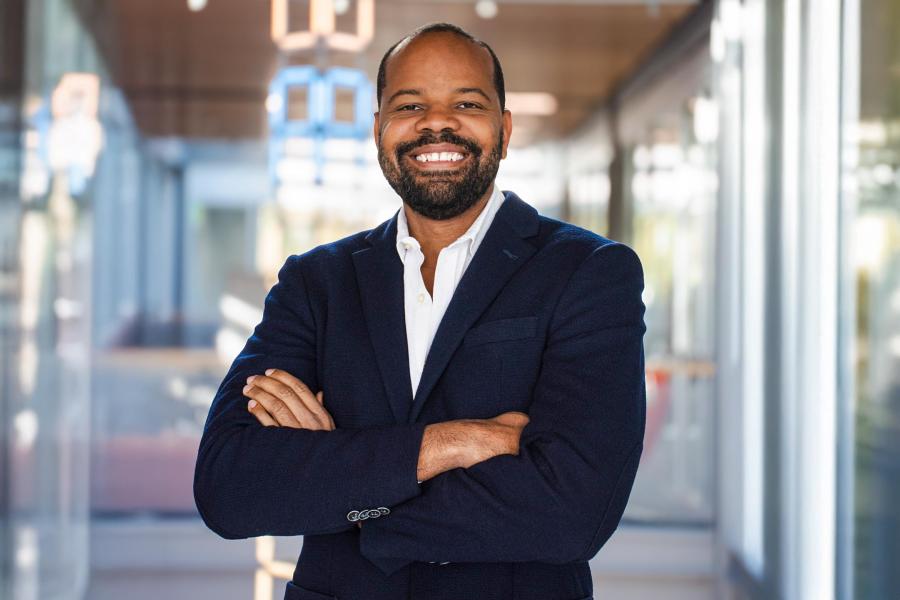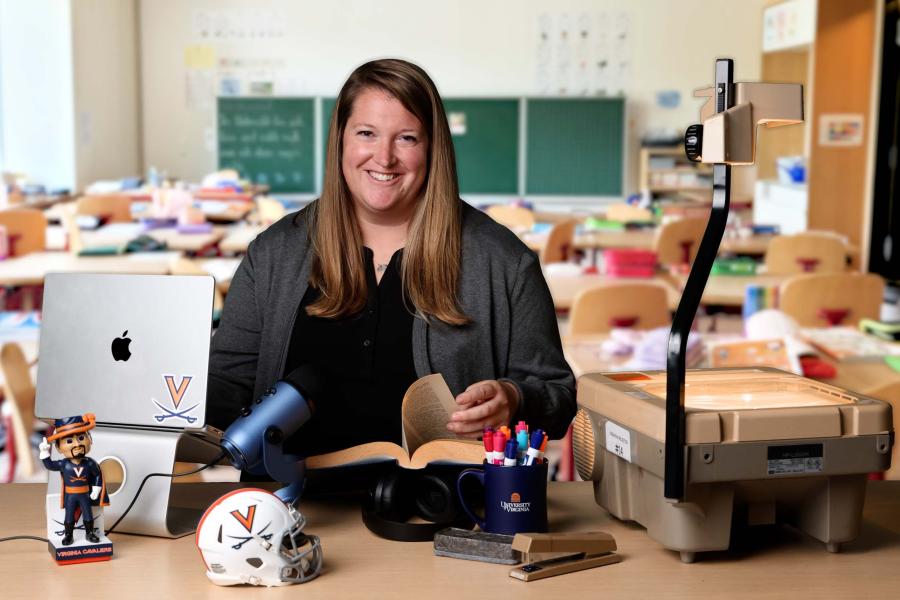Martin Wu grew up around test tubes and lab work. As a kid in Hubei, China, his mother worked on microbes and grew mushrooms; his father focused on producing renewable energy from the methane gas produced in sewage waste.
From a young age, it was clear that applied biology was all around him. Now, as a biology professor, he helps his students see real-world applications for the microbiology concepts he has taught at the University of Virginia since 2009.
“I think it’s important to link what you teach in class to real-life experience,” he said. “When students leave UVA, they should be able to remember what they have learned in class five years later without difficulty.”
When Wu got a middle-ear infection while boogie-boarding in the Outer Banks, he turned it into a lesson about superbugs and antibiotic resistance.
“You don’t need to look far from your everyday life, or go into the rainforest to find exotic microbial species,” he said. “You can look at your own fingertips or belly button.”
His interest in microbes extends into his home life. When not teaching, Wu’s hobbies include at-home fermentation to make yogurt, sourdough bread, pickles and Chinese rice wine – all applications of the biology principles he teaches.
He brings this love of food fermentation into his classroom, where he has taught students to make sourdough.
“It’s easy. All you need is flour and water,” Wu said. “Mix them in a jar and every day, add some fresh flour and water to the original mixture. After about a week or two, you’ll have a thriving community of microbes. It is just like taking care of your pets.”
To make learning more accessible, Wu creates and posts videos on his YouTube channel. Past videos include a tutorial on making yogurt and another on making traditional Chinese fermented sweet rice.
[Owl hooting]
Martin Wu:
Today I’m going to make yogurt. To make yogurt, you need a bottle of milk and a cup of yogurt with live bacteria.
First, we need to heat up milk to 80 Celsius degrees. Stir from time to time so it won't burn at the bottom.
[Clinking of spoon on the pan]
Martin Wu:
The milk is ready when you see foam and steam. Turn off the heat and let it cool down. It’s ready if you can touch the pot with your bare hand. Then I add two tablespoons of yogurt and mix it well.
[Sounds of opening package, clinking of spoon and pouring out yogurt]
[Sound of filling up water into a jug]
[Sound of clock ticking]
Martin Wu:
The yogurt is ready.
[Group of children cheering yeah]
[♪ Light jazz music playing ♪]
Martin Wu:
Yogurt time. Wow. Perfect.
He credits his high school English teacher as being part of his inspiration for this application-based learning. “Whenever he taught us a new word, he would always make a link to something happening in current events,” he said. “I found it made it much easier to remember naturally.”
But microbes aren’t just in the world around us. They’re also in the world within us. What we eat, the microbes in our gut also eat. This drastically shapes the composition of those communities, Wu said. And, while there are scary microbes like E. coli O157 or salmonella, most microbes are both beneficial and necessary for the human body.
Studies show there are roughly 10 times the number of microbial cells in the human gut than in the rest of the human body. Researchers say the gut contains approximately 100 trillion microbes, representing up to 5,000 different species.
“It’s a delicate ecosystem,” Wu said. “If the microbial species are balanced and diverse, the ecosystem will be healthy and happy, which makes us healthy and happy. But, if you are eating an unhealthy diet or taking antibiotics for an extended period, you’re going to throw off the balance of that ecosystem.”
